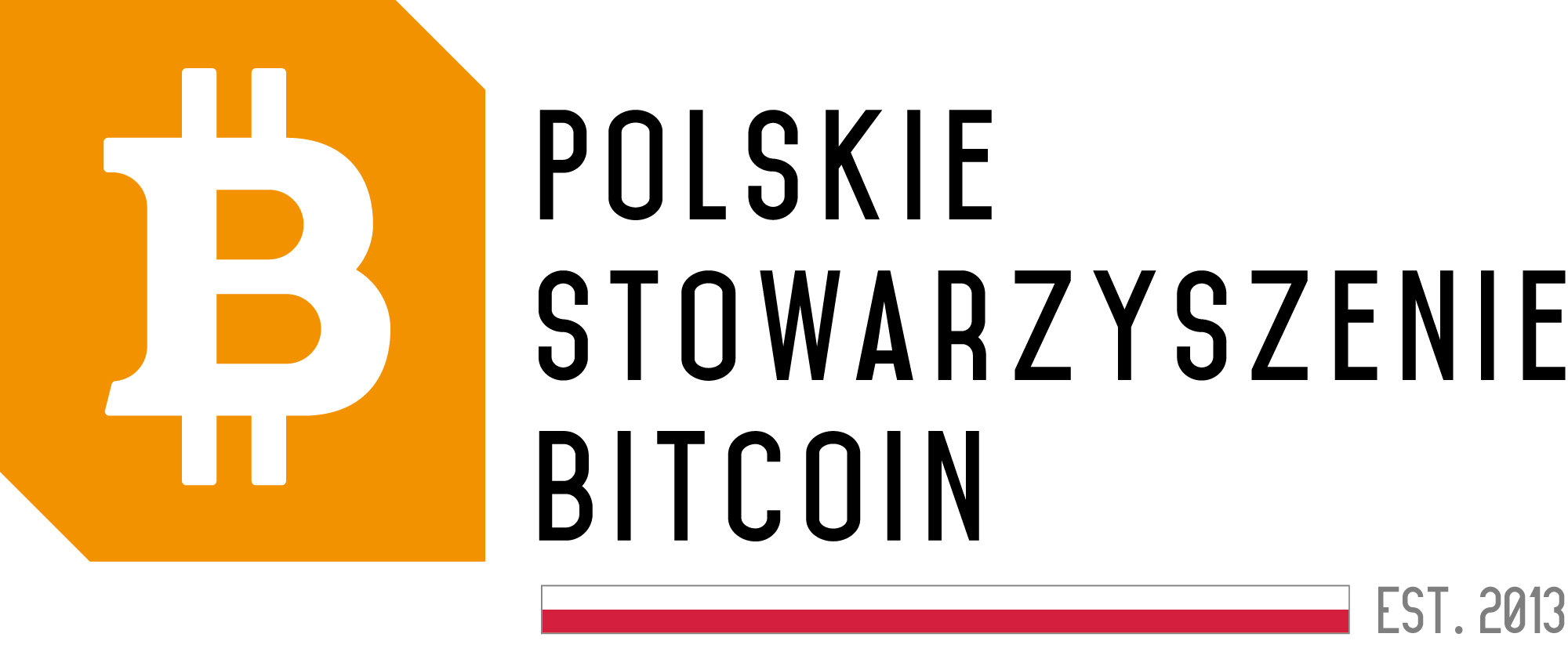Morocco is on the brink of a financial revolution as its central bank dives into the world of central bank digital currencies (CBDCs). The trajectory is ambitious, with collaborations involving the IMF and World Bank to reshape payments for domestic and cross-border transactions. However, while enthusiasm grows, significant financial risks and human rights considerations lurk in the backdrop, prompting crucial discussions on the potential impacts of a digital currency.
Morocco’s CBDC Development Roadmap
Bank Al-Maghrib, Morocco’s central bank, has been actively researching the feasibility of a CBDC since 2019. The establishment of a dedicated committee in 2021 aimed to dissect the myriad benefits and risks associated with such a currency. As Morocco explores the possibility of an “e-Dirham,” efforts are centered on enhancing financial inclusion and enabling peer-to-peer payments, particularly in collaboration with Egypt’s central bank for cross-border transactions.
However, Governor Abdellatif Jouahri emphasizes that before any launch decision is made, the fundamental aspect to address is financial inclusion.
We are exploring to what extent this new form of currency could contribute to achieving certain public policy objectives, particularly in terms of financial inclusion.
Abdellatif Jouahri
This assertive approach showcases Morocco’s intent to ensure that the implementation of a CBDC serves the broader economic landscape, promoting accessibility and economic fairness.
International Collaboration Framework
In a bid to align its CBDC ambitions with international frameworks, Morocco is co-hosting a significant IMF conference in Rabat. The focus of this gathering: examining the implications of CBDCs on monetary policy and financial stability. This partnership is not just a symbolic gesture; it serves as a platform for in-depth discussions on integrating Morocco’s monetary strategy into the burgeoning global digital economy.
An important component of this collaboration is the IMF’s development of a global “XC” platform, which aims to enhance interoperability among CBDCs and significantly reduce remittance costs. Such strides are crucial as the IMF reports that cross-border digital transactions can streamline monetary flow, potentially redirecting a substantial share of annual remittance fees which exceed $45 billion. The World Bank’s supporting role further solidifies this strategic initiative, ensuring that Morocco’s digital currency development is underpinned by robust technical assistance and expert guidance.
Regional CBDC Momentum
Morocco is not navigating this digital currency terrain alone; it is part of a larger wave of interest within the Middle East and Central Asia. Already, 19 nations—including UAE, Saudi Arabia, and Egypt—are exploring or testing CBDC initiatives. The primary goals driving these explorations? These nations aim to bolster financial inclusion and enhance the efficiency of cross-border payment systems.
Egypt’s pioneering launch of the Instant Payment Network in 2022 acts as a transformative model for real-time transactions across financial institutions in the region. The IMF has highlighted the potential benefits of CBDCs, remarking,
CBDCs can potentially help improve the efficiency of cross-border payment services.
These developments signify a clear regional ambition to introduce advanced digital currency solutions that can challenge existing financial practices, thus reshaping economic landscapes throughout the area.
Balancing Opportunities and Risks
The advent of a CBDC carries with it a double-edged sword of opportunities and risks. A significant advantage is the potential to lower remittance fees, a relief for many who depend on funds sent from abroad. Financial innovation could simultaneously enhance policy transmission, fostering a more inclusive economic climate. Yet, caution is warranted. Reports indicate that 83% of financing in the region stems from deposits, and a shift towards CBDCs could disrupt traditional banking pathways.
Concerns about state surveillance also haunt the CBDC conversation in Morocco. The Human Rights Foundation has warned that the government’s capability to control financial transactions could broaden, raising alarm bells about civil liberties. As observed, authorities have relegated critical voices, stifling dissent, a situation worsened by prior bans on cryptocurrency usage. In tandem with discussions surrounding a draft crypto asset law, the path ahead remains fraught with the need to address civil rights alongside financial innovation.
Charting a Digital Future
As Morocco steers into the uncertain waters of digital currencies, the emphasis must be on striking a balance—leveraging the advantages of a CBDC while effectively mitigating its inherent risks. The dialogue sparked by ongoing collaborations with the IMF and World Bank is a critical step in shaping a future where digital currency can genuinely benefit all segments of society. Moreover, considerations about privacy, control, and inclusion must remain at the forefront of policymaking discussions.
The road ahead will not be without challenges, but through thoughtful engagement and robust frameworks, Morocco can harness the potential of a digital currency that not only modernizes its payment systems but also fosters equality and protects citizens’ rights. As the world watches, Morocco’s next steps could just chart a transformative course for digital currency in the MENA region.





